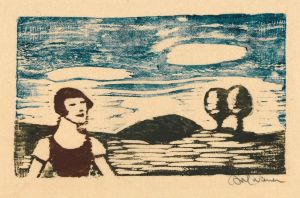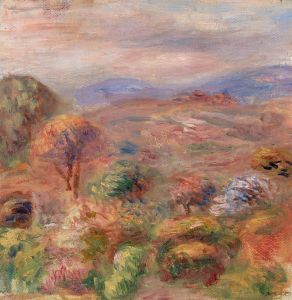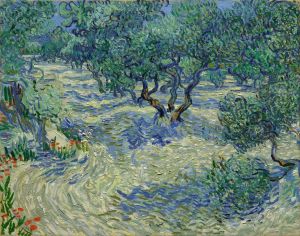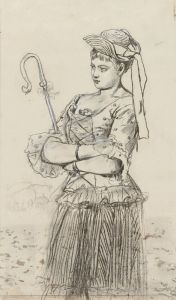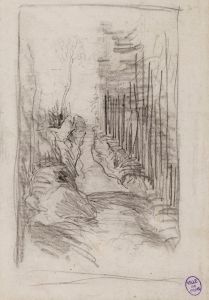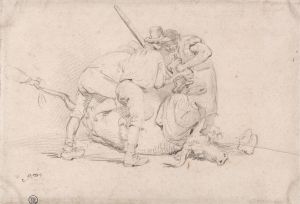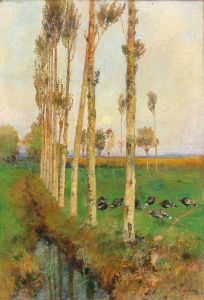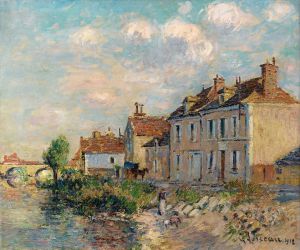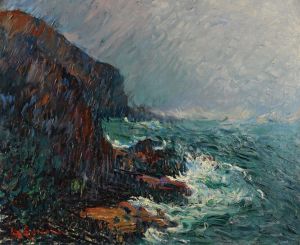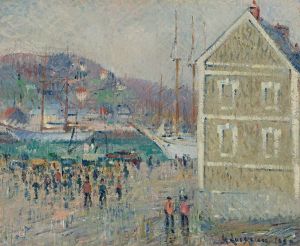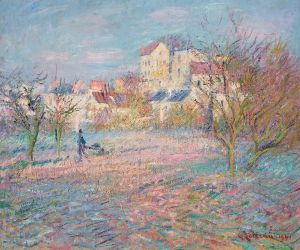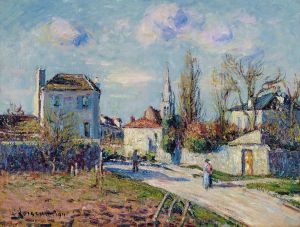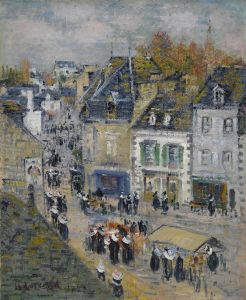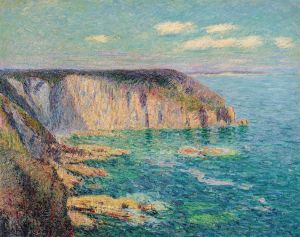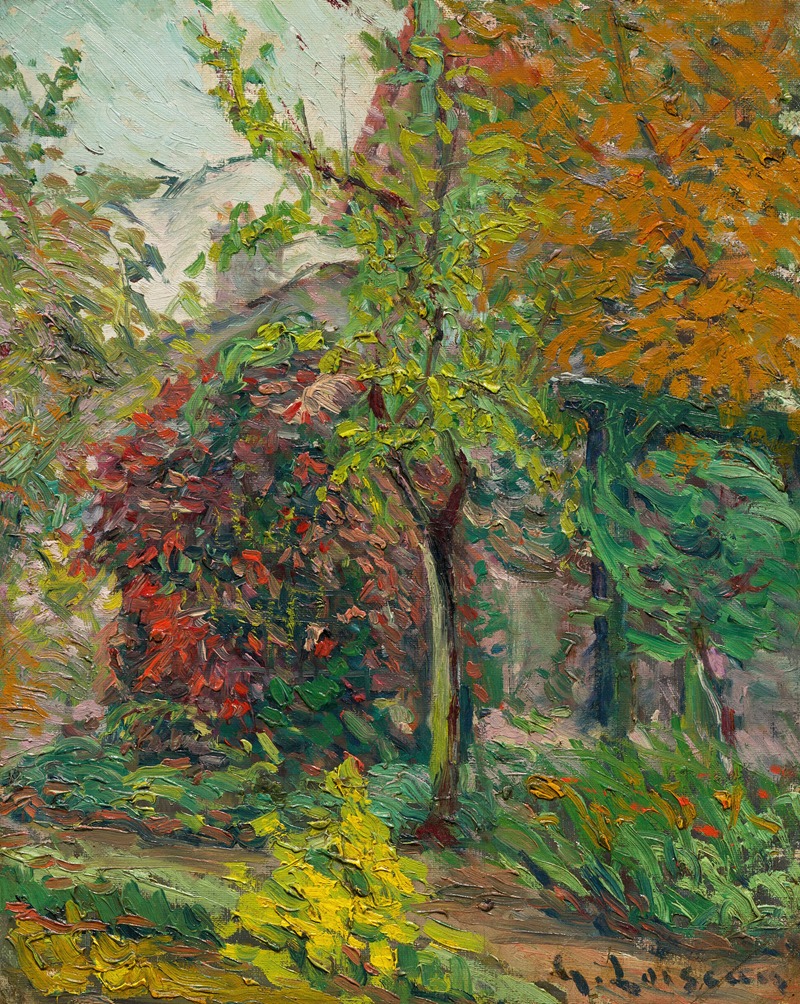
Maison à la campagne
A hand-painted replica of Gustave Loiseau’s masterpiece Maison à la campagne, meticulously crafted by professional artists to capture the true essence of the original. Each piece is created with museum-quality canvas and rare mineral pigments, carefully painted by experienced artists with delicate brushstrokes and rich, layered colors to perfectly recreate the texture of the original artwork. Unlike machine-printed reproductions, this hand-painted version brings the painting to life, infused with the artist’s emotions and skill in every stroke. Whether for personal collection or home decoration, it instantly elevates the artistic atmosphere of any space.
Gustave Loiseau (1865-1935) was a French Post-Impressionist painter known for his landscapes and scenes of rural life. One of his notable works is "Maison à la campagne," which translates to "House in the Countryside." This painting exemplifies Loiseau's dedication to capturing the serene and picturesque aspects of the French countryside.
Loiseau was born in Paris and initially trained as a decorator before turning to painting. He studied at the École des Arts Décoratifs and later under the tutelage of Fernand Just Quignon. Influenced by the Impressionists, particularly Claude Monet and Alfred Sisley, Loiseau developed a distinctive style characterized by his use of light, color, and texture to depict natural landscapes.
"Maison à la campagne" is a quintessential example of Loiseau's work, showcasing his ability to convey the tranquility and beauty of rural settings. The painting features a house nestled in the countryside, surrounded by lush greenery and trees. Loiseau's brushwork is notable for its rhythmic, almost pointillist technique, which he referred to as "en treillis" (latticework). This method involves applying small, distinct strokes of color that create a shimmering effect, capturing the play of light and shadow.
The composition of "Maison à la campagne" is carefully balanced, with the house positioned slightly off-center, drawing the viewer's eye into the scene. The use of color is particularly striking, with the vibrant greens of the foliage contrasting with the more subdued tones of the house and sky. Loiseau's attention to detail is evident in the way he renders the textures of the trees, grass, and the house itself, creating a sense of depth and realism.
Loiseau often painted en plein air, or outdoors, which allowed him to observe and capture the changing effects of light and weather on the landscape. This approach is evident in "Maison à la campagne," where the natural light infuses the scene with a sense of warmth and tranquility. The painting reflects Loiseau's deep appreciation for the French countryside and his desire to preserve its beauty on canvas.
Throughout his career, Loiseau remained committed to his artistic vision, even as the art world around him evolved. He exhibited regularly at the Salon des Indépendants and the Salon d'Automne, gaining recognition for his contributions to the Post-Impressionist movement. His works are held in numerous public and private collections, including the Musée d'Orsay in Paris and the Art Institute of Chicago.
"Maison à la campagne" is a testament to Loiseau's skill as a painter and his ability to capture the essence of rural life. It stands as a beautiful representation of the French countryside and a significant example of Post-Impressionist landscape painting. Through his meticulous technique and keen observation, Loiseau has left a lasting legacy that continues to be appreciated by art lovers and scholars alike.





